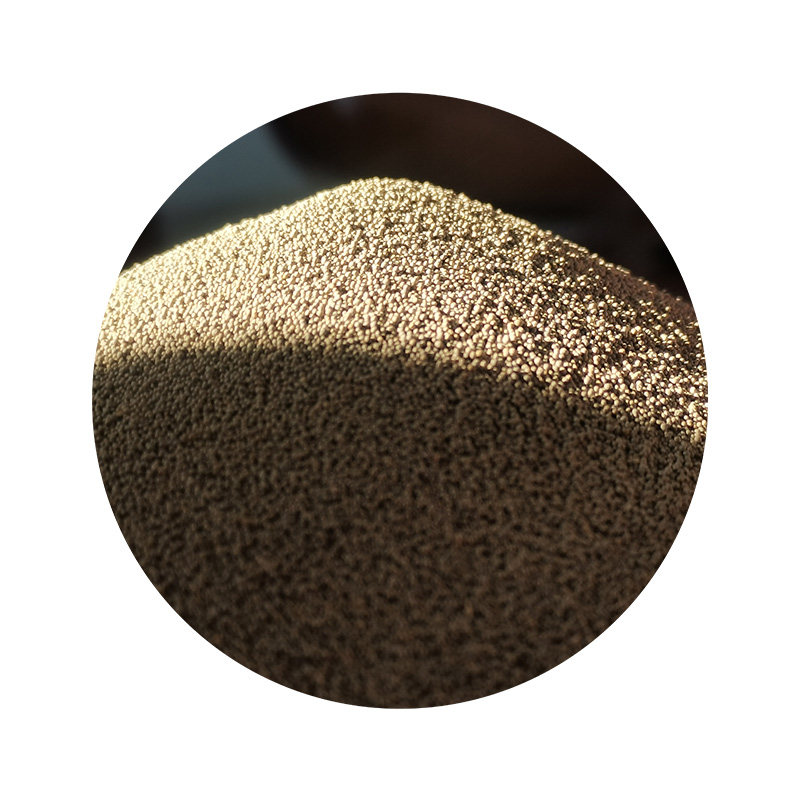How Long Does Sand Casting Take?
Sand casting is a widely used manufacturing process that involves creating a mold from sand in which metal is poured and allowed to solidify. This method is popular due to its versatility and ability to produce complex shapes, but many factors influence how long the entire process takes. Understanding these factors can help manufacturers and engineers better plan their projects.
The Steps Involved in Sand Casting
To fully grasp how long sand casting takes, it's crucial to consider the various stages involved in the process.
1. Pattern Making The first step is creating a pattern, which is a replica of the desired object. Patterns can be made from a variety of materials and take anywhere from a few hours to several days to produce, depending on the complexity of the design and the material used.
2. Mold Preparation Once the pattern is completed, the next step involves preparing a mold. This is typically done by placing the pattern in a box and covering it with a mixture of sand and a binding agent (usually clay or resin). The sand is compacted around the pattern to form a mold. This stage usually takes several hours, depending on the size of the mold and the type of sand used.
3. Core Making (if needed) For parts with internal cavities or complex features, a core may need to be made. Core making can add additional time to the process, as it often involves creating another mold to cast the core itself.
4. Metal Pouring After the mold is prepared, molten metal is poured into it. This step can be relatively quick, often taking just a few minutes, but it requires careful timing to ensure that the metal does not begin to solidify before the mold is filled.
how long does sand casting take

5. Cooling and Solidification Once the metal is poured, it needs time to cool and solidify. This cooling period can take anywhere from a few minutes to several hours, depending on the size and thickness of the part being cast. Thicker sections require more time to cool.
6. Mold Removal and Cleaning After the metal has solidified, the mold is broken away, which can take some time depending on the mold materials and design. Once removed, additional cleaning and finishing processes are often needed to ensure the final part meets the desired specifications.
7. Final Inspection and Testing Finally, the cast part must be inspected and, if necessary, undergo testing to verify its quality. This step can add several hours to days depending on the specific requirements set for the part.
Total Timeframe
Taking all these steps into consideration, the entire sand casting process can take anywhere from a few days to several weeks. For simpler, smaller parts that require minimal inspection and finishing, the time frame might be on the shorter end, while more complex projects with intricate designs and rigorous testing requirements will likely take longer.
Additionally, other factors can affect the timeline, including the availability of materials, the skill level of the workers, and the equipment used. For example, advanced computer-controlled sand casting systems may reduce the time needed for pattern making and mold preparation.
Conclusion
In summary, the time required for sand casting is highly variable based on several factors, including the complexity of the design, the size of the part, and the specific requirements of the project. Understanding each step of the sand casting process allows manufacturers to estimate timelines more accurately and optimize their production runs. As the industry continues to evolve with new technologies, it is expected that time frames for sand casting will improve, thus enhancing productivity and efficiency in manufacturing.
Post time:Aug . 16, 2024 11:49
Next:Pros and Cons of Sand Casting Techniques in Manufacturing Processes
